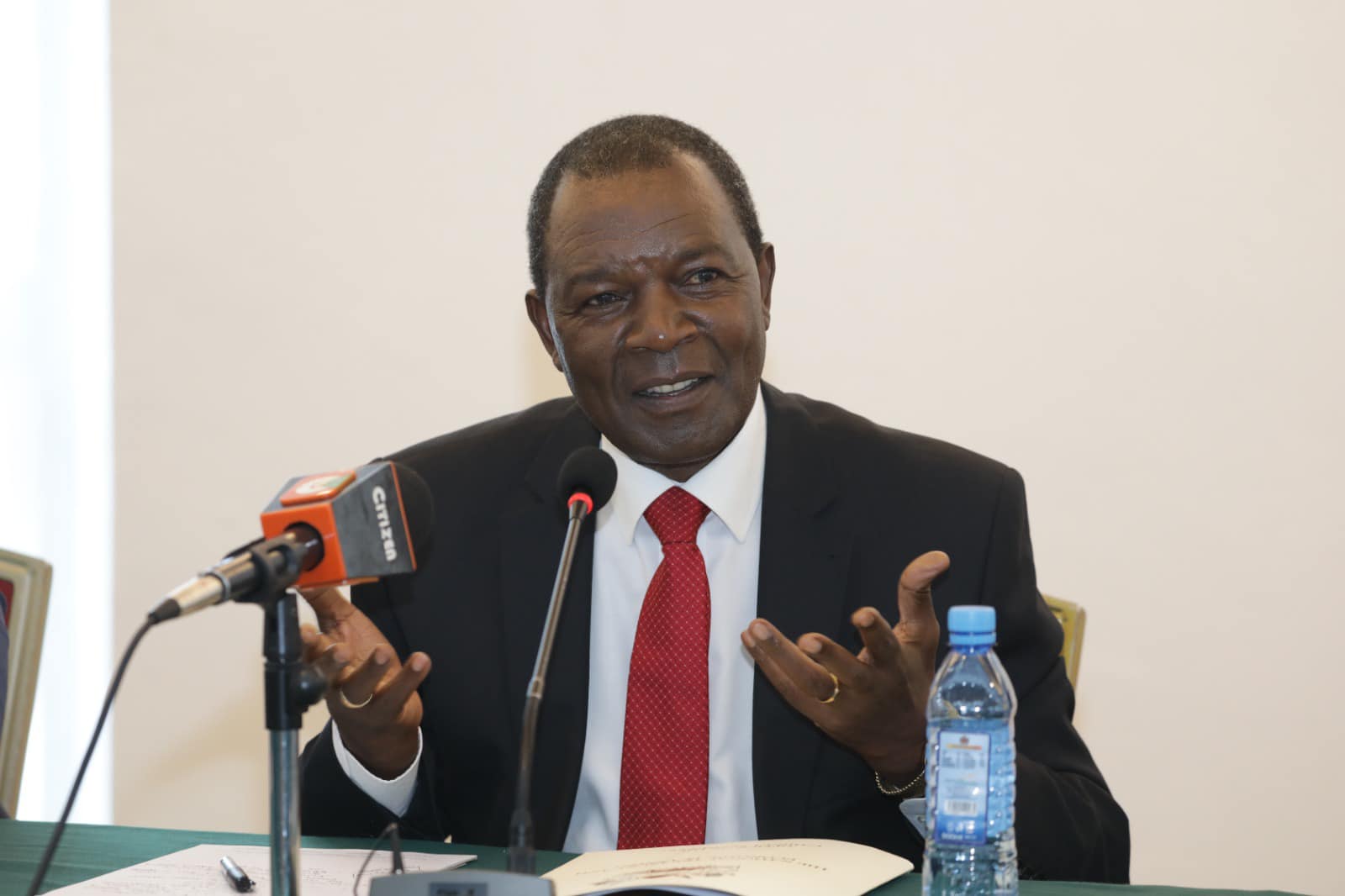The National Treasury has presented the government’s first Supplementary Budget for the FY2023/24. Notably, the total expenditure has increased by 4.9%, to KES 3.9 tn, from the original KES 3.7 tn for the financial year.
Similarly, the recurrent expenditure was increased by 5.4%, to KES 1.6 tn, from the original KES 1.5 tn, while development expenditure was cut by 5.2% to KES 765.7 bn, from the original KES 807.6 bn.
As expected, the allocation towards Consolidated Fund Services increased by 14.8% to KES 1,131.7 bn, from the original KES 986.2 bn. This can be explained by the mounting debt repayment pressures on the government with the upcoming USD 2.0 bn maturity in June 2024, mainly owing to the depreciating shilling, which has depreciated by 22.4% on a year-to-date basis, thus increasing the debt costs, given that the majority of Kenya’s debt is dollar-denominated.
Therefore, with increased budget expenditure, while keeping the tax revenue targets constant, we expect the fiscal deficit to widen further despite the increased tax rates in the country. The government has not been able to meet its tax revenue targets, recording a deficit of KES 79.0 bn, against the tax revenue target of KES 665.9 bn in the first quarter of FY 2023/24, partly attributable to an unfavorable economic environment.
Notably, reducing the fiscal deficit as a percentage of GDP requires the government to meet the revenue collection targets as well as ensuring expenditure falls within the projected range. It is, therefore, expected for the government to bolster its tax collection initiatives as well as introduce new taxes and increase tax rates to meet its tax revenue targets of KES 2.8 tn for the FY 2023/24.
Key to note, the government has increased the provision of the USD 2.0 bn Eurobond maturing in June 2024 by 28.9%, to KES 311.6 bn, from the original KES 241.8 bn. This is on the back of the depreciating shilling, which has depreciated by 7.5% since the start of FY 2023/24 in July 2023.
However, it is expected that the shilling will have depreciated by more than the provided 3.5% in June 2024 from the current rate, based on the current depreciation trend against the dollar. Hence, the value of the Eurobond is bound to be above the estimated KES 311.6 bn on maturity. As such, other sectors are expected to downsize to honor the maturing debts, or the government will be forced to increase the provisions through another supplementary budget.
To note, roads infrastructure and some of the major campaign promises of the current government, such as affordable housing, hustler fund, and medical services, were among the sectors that experienced major slashes in the supplementary estimates, while the State Department for Petroleum was among the top proposed increases, which mostly provided for fuel stabilization in the country.
Other departments that had proposed increases are the State Department for Higher Education and Research, Teacher’s Service Commission, and the Department of Crop Development.
In summary, we expect the government to maintain its debt appetite from the World Bank, IMF, and other international financing institutions, as well as the domestic borrowing front. As such, the rates in the domestic market are deemed to continue rising in the short to medium term, as the government looks to bridge the fiscal deficit.
In the positives, we anticipate increased liquidity in the market, to alleviate the occasional liquidity constraints, and thus we predict the inter-bank rates to marginally decrease in the medium to long-term, thus improving the business and investment environment.
Additionally, GDP growth is bound to increase on the back of increased agricultural sector produce, stemming from increased fertilizer subsidy provisions and other crop-related provisions, given that agriculture has consistently been the major contributor to Kenya’s GDP growth.


















